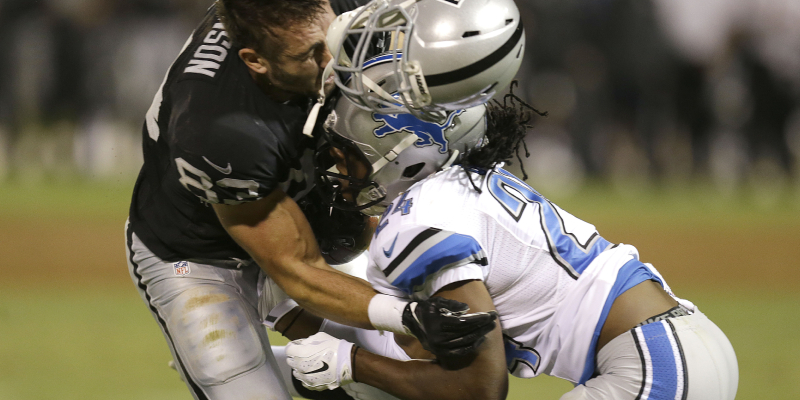
The New Yorker reports that medical professionals often fail to diagnose traumatic brain injury (TBI) in victims of domestic abuse. Per this news analysis, when emergency room personnel examine women following an attack, they usually don’t order CT scans or MRIs. A diagnosis of TBI frequently indicates that the victims of abuse are likely to become victims of homicide later. Without the TBI diagnosis, in other words, abuse victims go home from the hospital unprotected, unaware, and perhaps in imminent danger.
Strangulation Attempts Cause TBI
Approximately half of women victims of domestic abuse have suffered strangulation attempts. Such incidents can cause mild to moderate brain injuries from the cutting off of the oxygen supply. The lack of diagnoses revolves around the fact that most injuries from strangulation are internal rather than external. Only a small percentage show wounds visible enough to photograph, and law enforcement often characterizes the injuries in reports as minor abrasions to the neck. In addition, since victims tend to have poor recall of strangulation, authorities often downplay the harm, which results in prosecution of the abusers on less serious charges.
People Who Work With Abuse Victims Need Training Regarding Strangulation Signs
Since strangulations dramatically increase the risk of homicide, anyone working with domestic abuse victims, including police officers, attorneys and shelter workers, should receive training in how to recognize it and the TBI it causes. In addition to acquiring evidence from brain scans, personnel should watch for symptoms such as memory problems, hearing loss, dizziness, headaches and anxiety. The training should also involve how to conduct an investigation and how to keep a victim safe. Increased prosecution of perpetrators of strangulation will lead to a decreased number of homicides among domestic abuse victims. The National Center for Violence Against Women provides information in how to deal with strangulation cases.

